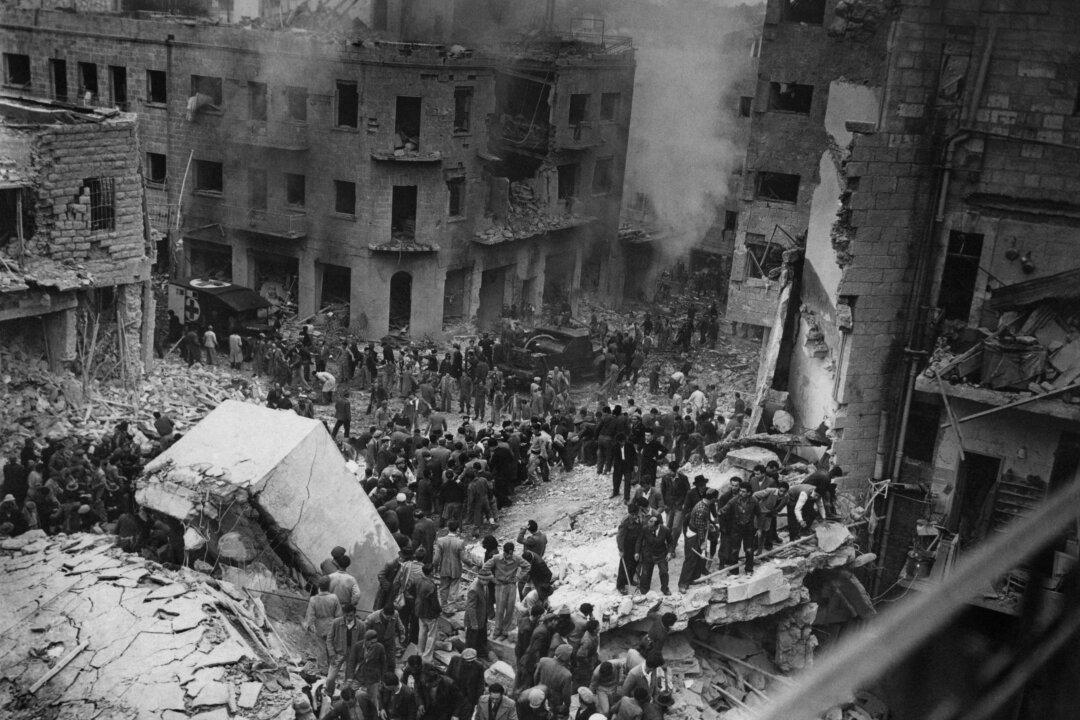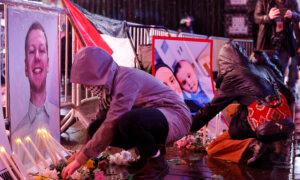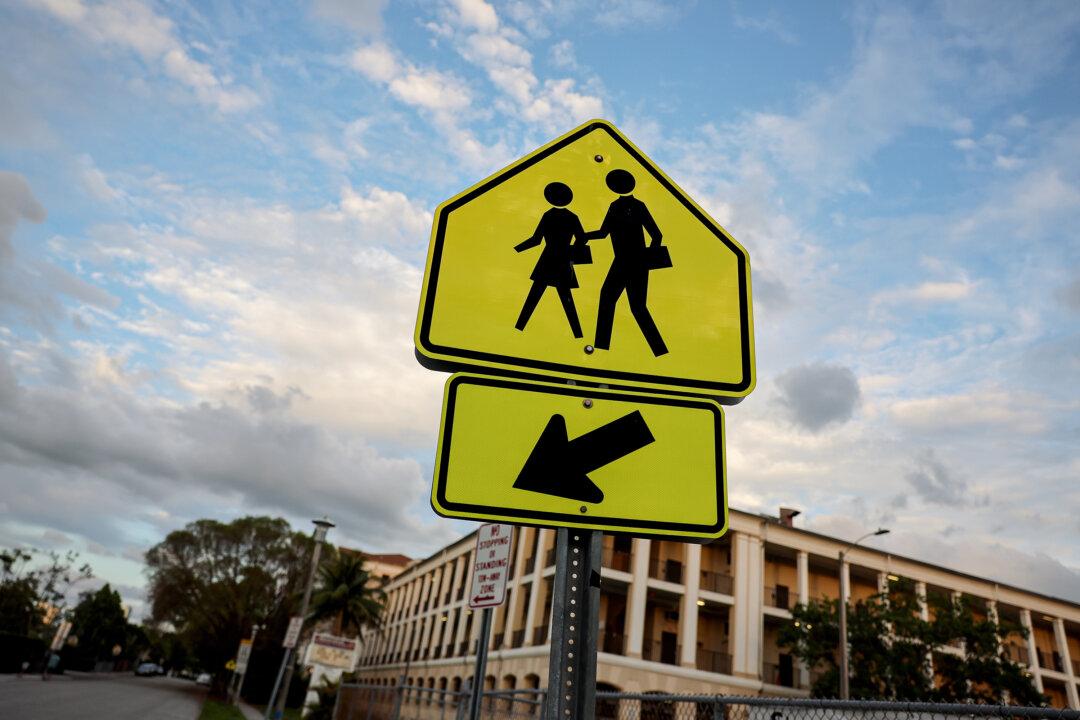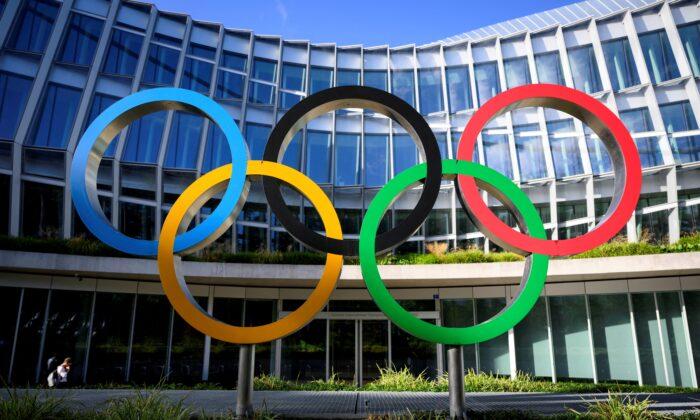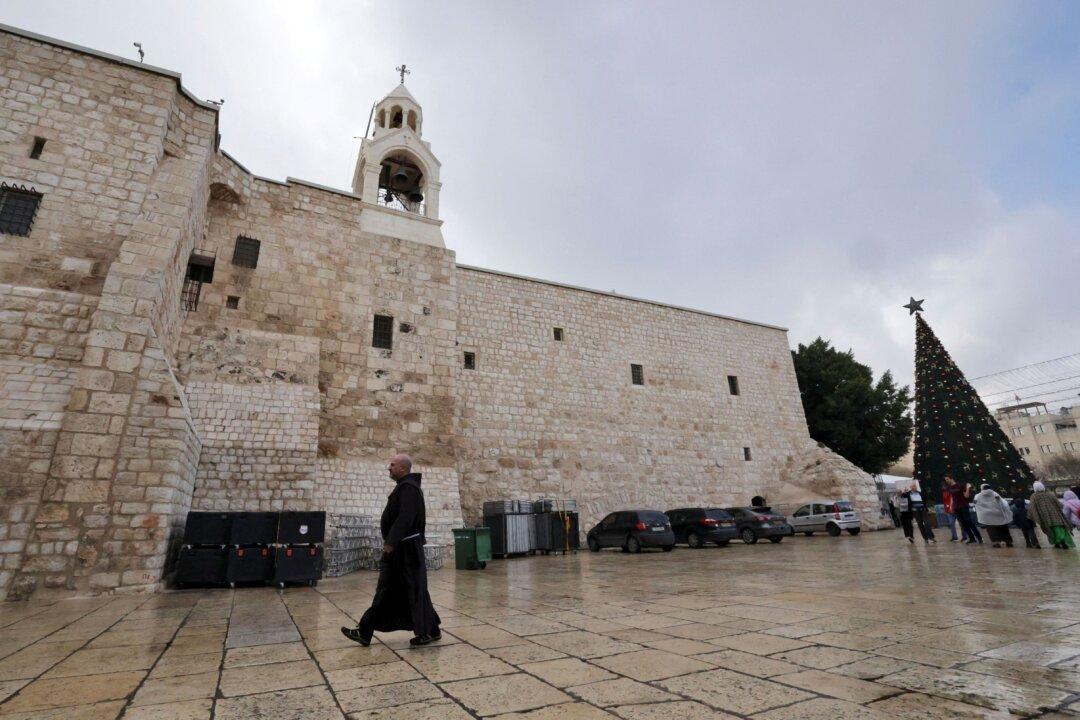Nakba means “catastrophe” in Arabic; it characterizes the ongoing Palestinian view of Israel’s victory in the 1948 War of Independence.
The heart of the petition deplores “the violent dispossession and ethnic cleansing of Palestinians that led to the creation of the state of Israel,” stating that “[o]ver 700,000 Palestinians were forcefully expelled from their homes, more than 15,000 were massacred, and over 500 of their villages were destroyed.”
The first problem with this statement is its complete lack of context. The upheaval referred to occurred in the course of a defensive war on Israel’s part, launched immediately following Israel’s U.N.-validated elevation to statehood by a coalition of Egyptian, Jordanian, Iraqi, Syrian, and Lebanon forces.
The third problem is that the words “forcefully expelled” are misleading, because they strongly imply that it was only Jews who forced them to leave.
As The Economist reported on Oct 3, 1948, “Various factors influenced the [Haifa Arabs’] decision to seek safety in flight. There is but little doubt that the most potent of the factors were the announcements made over the air by the Higher Arab Executive, urging the Arabs to quit. … It was clearly intimated that those Arabs who remained in Haifa and accepted Jewish protection would be regarded as renegades.”
Any group willing to associate itself with Samidoun—or conversely to be accepted by Samidoun as an associate—cannot be trusted to be objective in the creation of a teaching project that involves Israel. But even if the demand for the Nakba to be included in a curriculum were put forward by good-faith educators, it would be reasonable to interrogate the need for it.
Before 1948, there were nearly 900,000 Jews living in Arab lands. By 2001, only 6,500 remained. For no other reason than anti-Semitism, the Arab League urged Arab governments to cleanse their Jews by making life untenable through discriminatory decrees, including the freezing of bank accounts. In 1951, the Iraqi government passed legislation that made affiliation with Zionism a felony and ordered the expulsion of Jews who refused to sign a statement of anti-Zionism.
The Arabic Jews were compelled to leave all their assets—estimated at some $7 billion in today’s currency—which they never recovered. (By contrast, Israel returned over 90 percent of blocked bank accounts and safe deposit boxes to the Palestinian refugees.)
What happened to those Jews? Why aren’t they demanding inclusion of their own “catastrophe” in the education curricula of the West? Very simple. They were absorbed into Israel (with enormous difficulty, given Israel’s meagre resources at the time), because they had nowhere else to go, and because Israel recognized their obligation to their ethnic kinsmen. Their children and grandchildren are today indistinguishable from other Israelis. Their catastrophe is behind them, as it is for innumerable other former refugees.
The Palestinians’ Nakba continues to fester, because they alone of all the refugees in the world remain mired in a revanchist fantasy that they can rewrite history. They are encouraged in this fantasy by their ethnic brethren, by an Israel-hostile U.N., and by useful western idiots who romanticize victimhood. With over 75 years of grievance-collecting as their daily bread, Palestinian culture has become steeped in a toxic rejectionism that has no parallel anywhere else in the world. They could have had their state many times over, but they prefer self-sabotage to living in peace alongside hated Jews.
Conceived as an anti-Semitism-laundering project, Nakba Education BC’s petition must be rejected.
